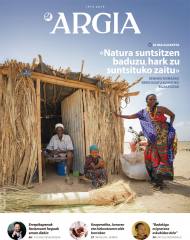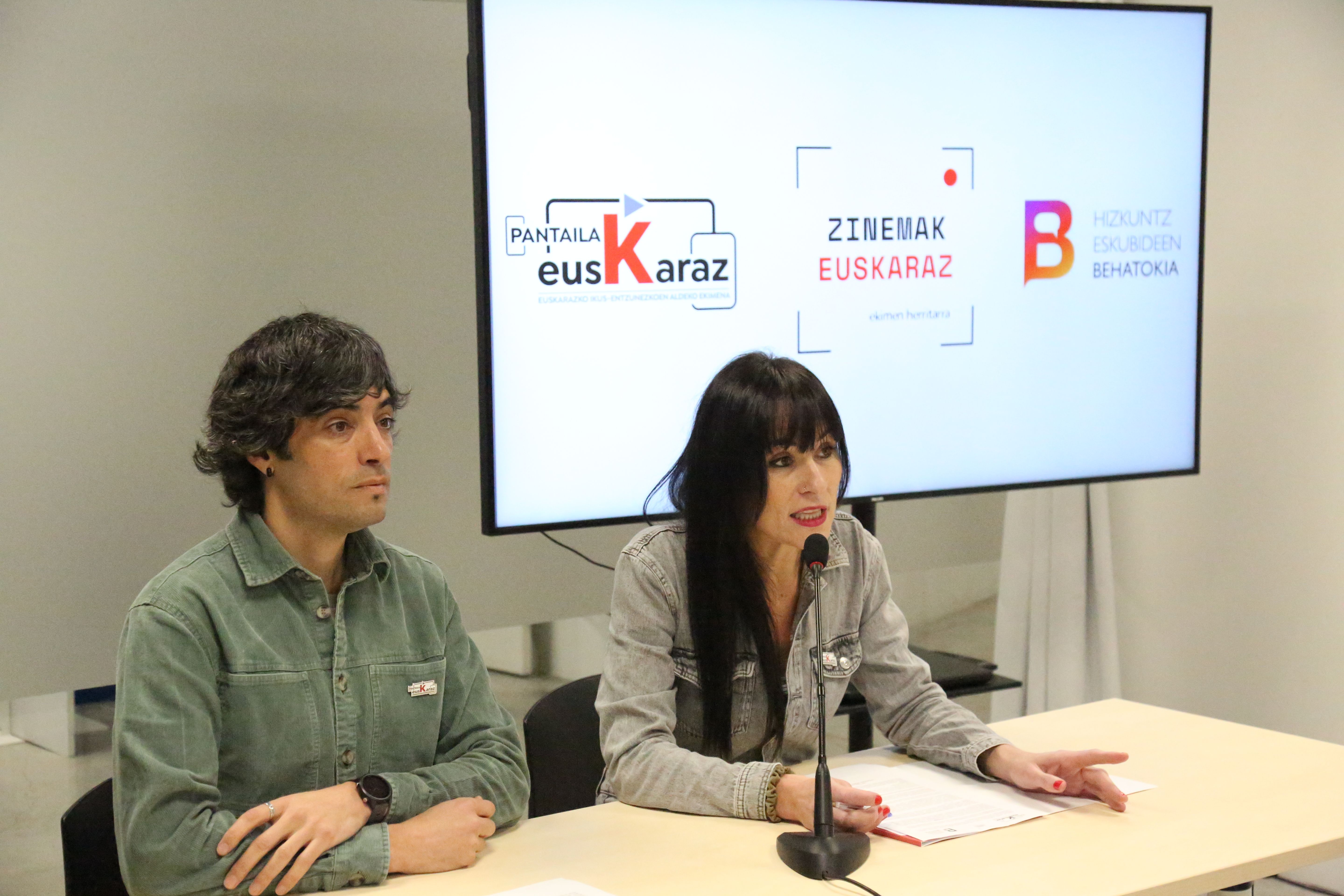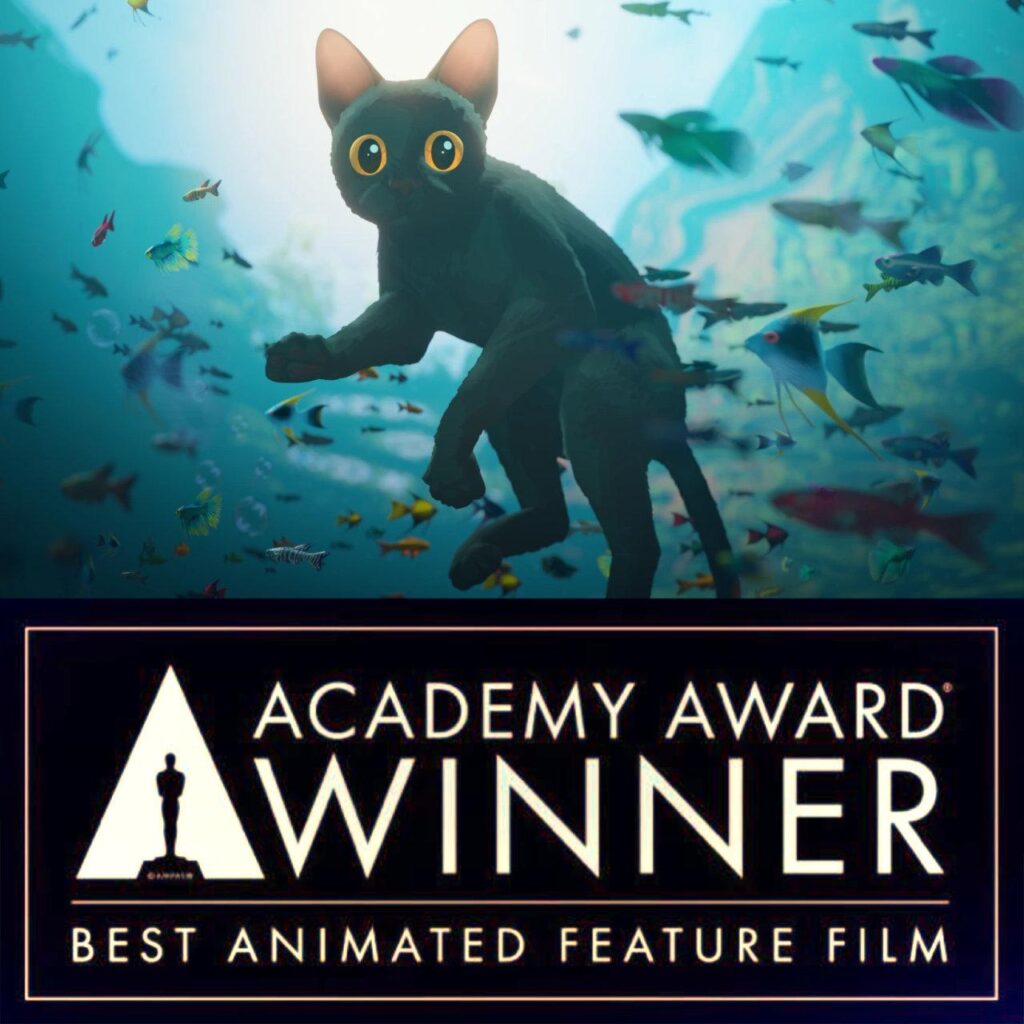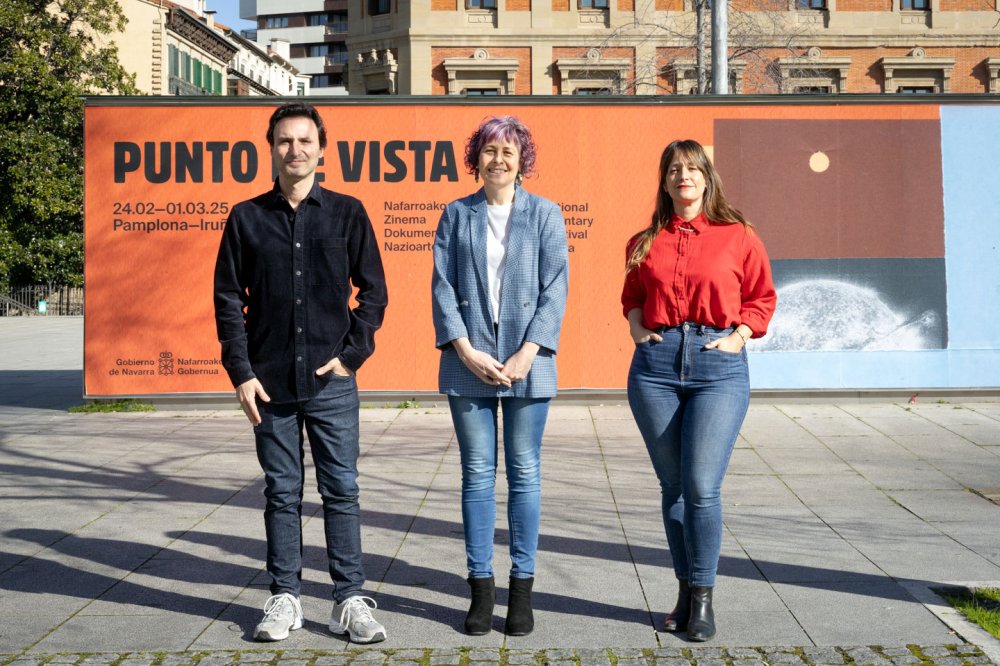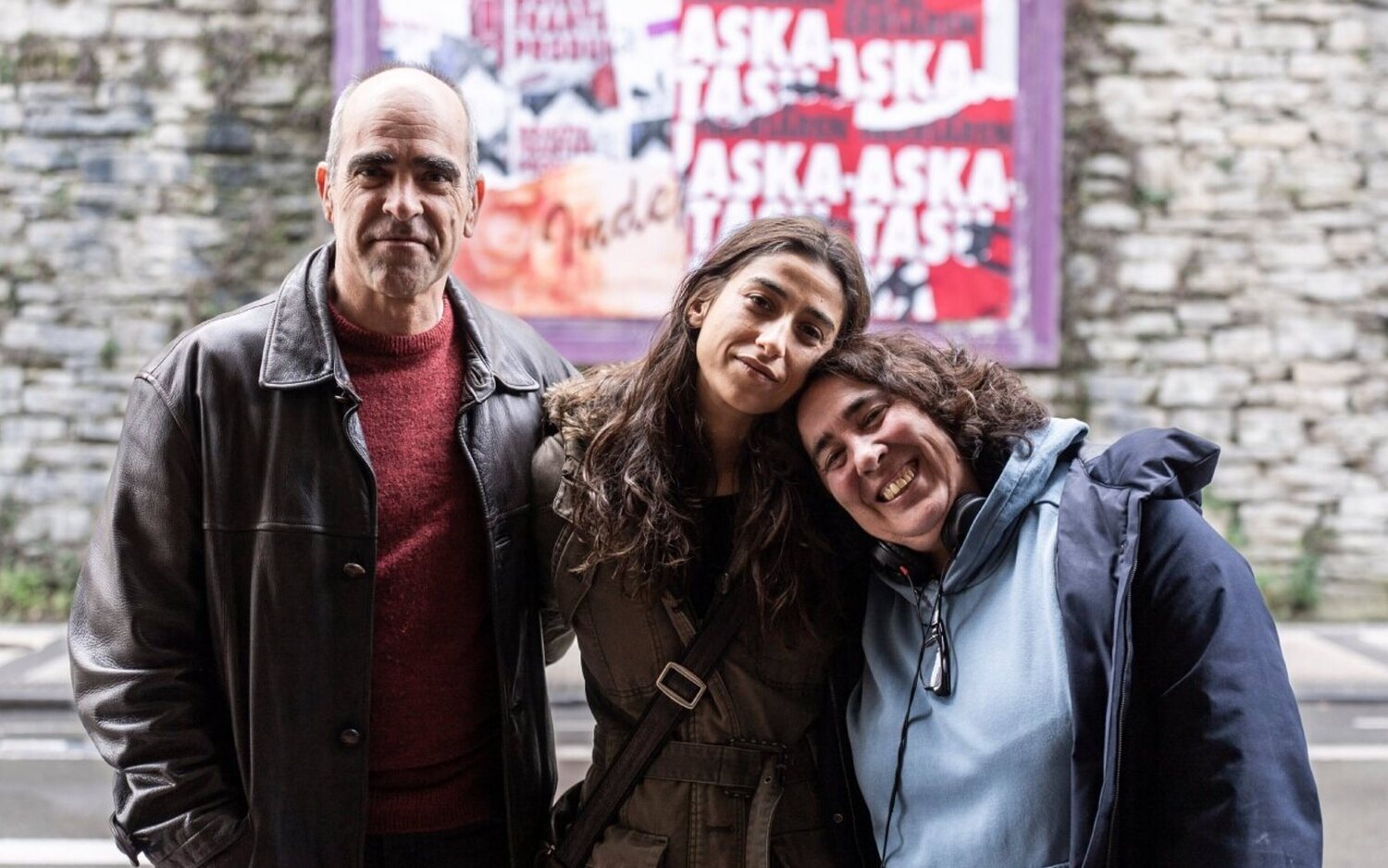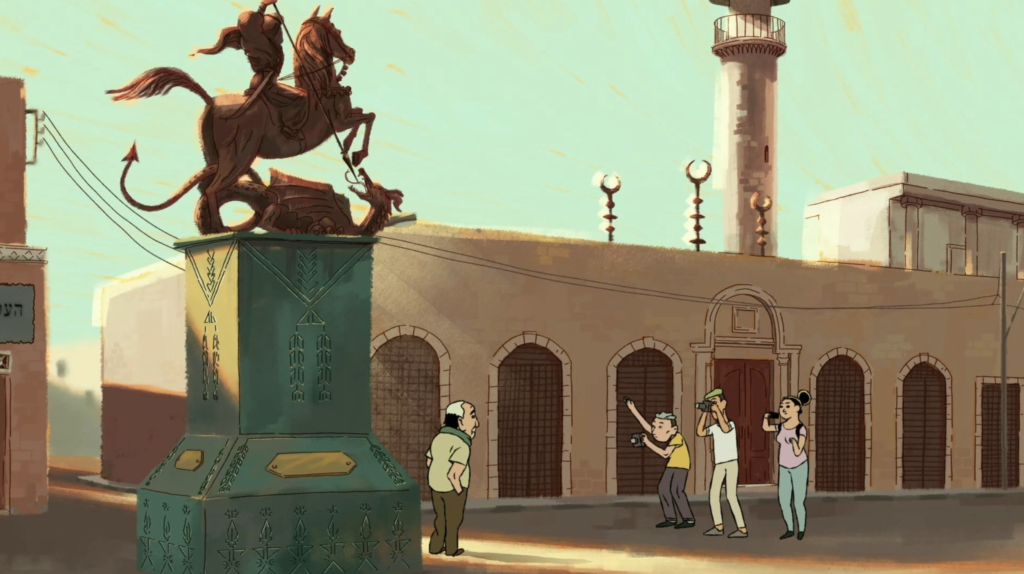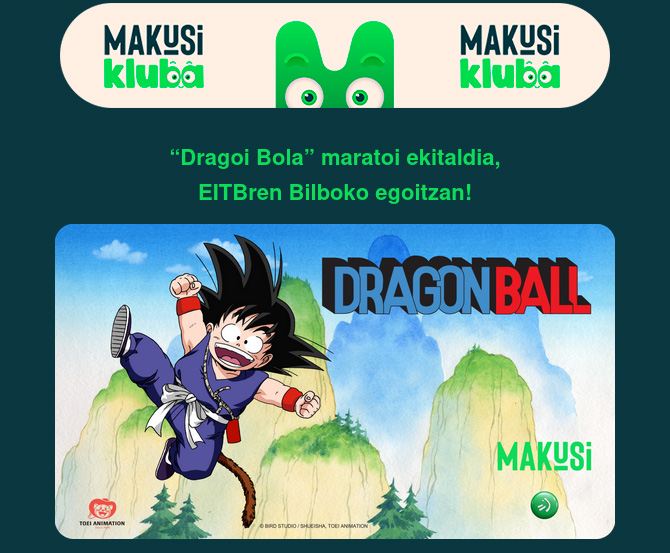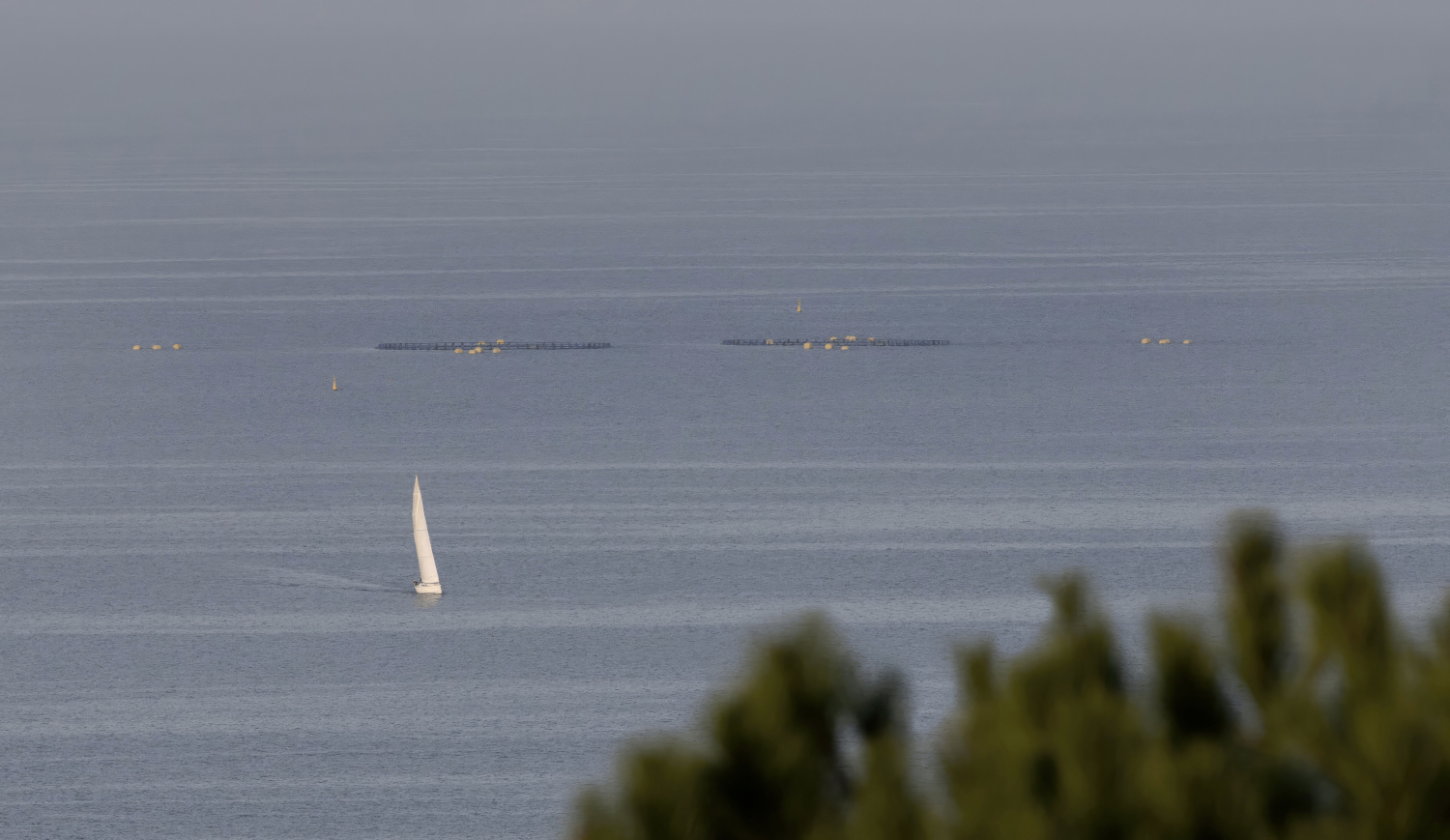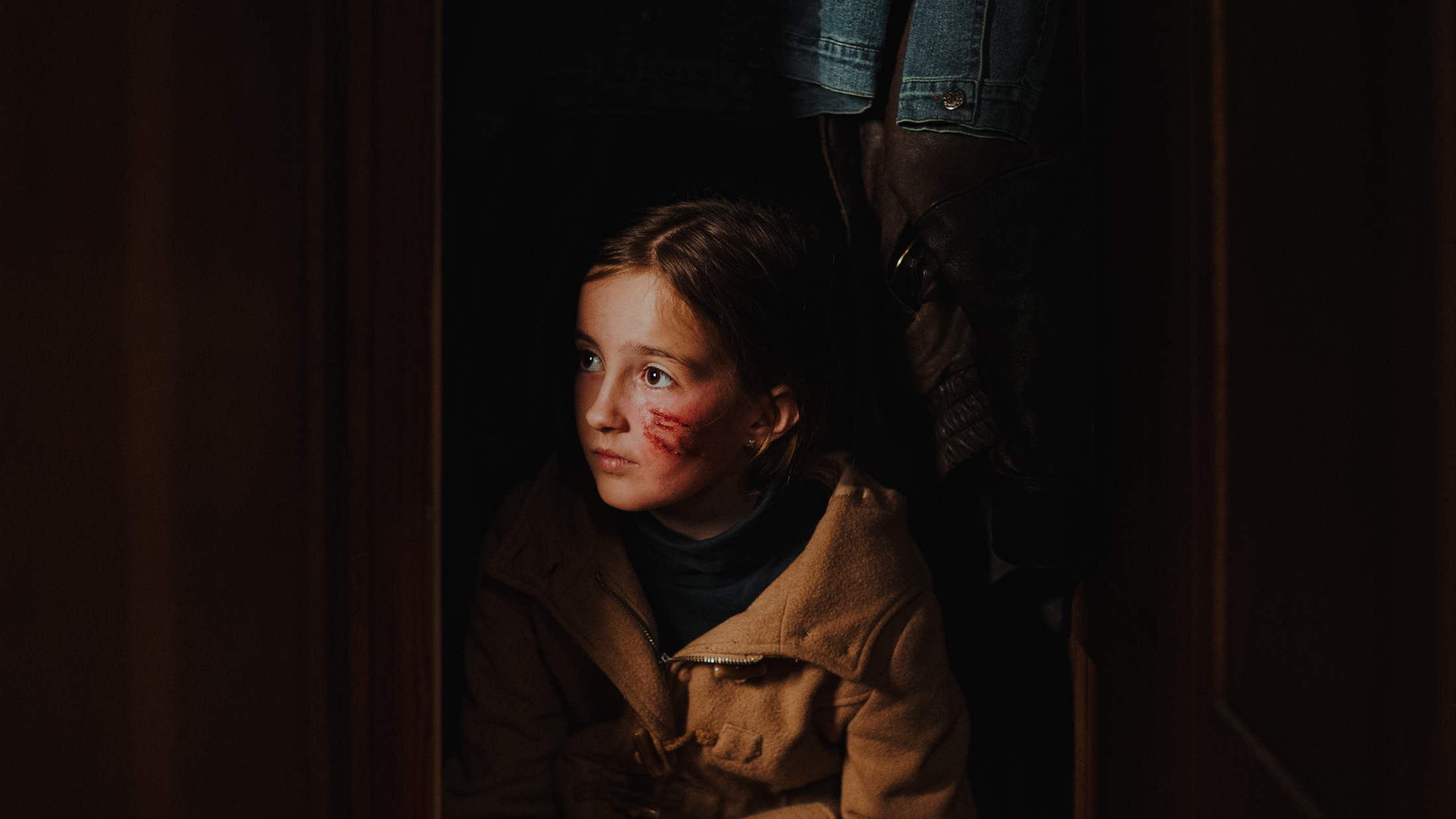"I'm interested in when the representation of transgression is related to everyday life"
- The topos are in the mouthpiece in the movies. Izibene Oñederra's topes, however, have their own symbols and connotations, and call them with their own beautiful shapes. It's captured them in animated images and published them as micronarratives. They show up at the San Sebastian Festival and they move around the world leaving the depths.
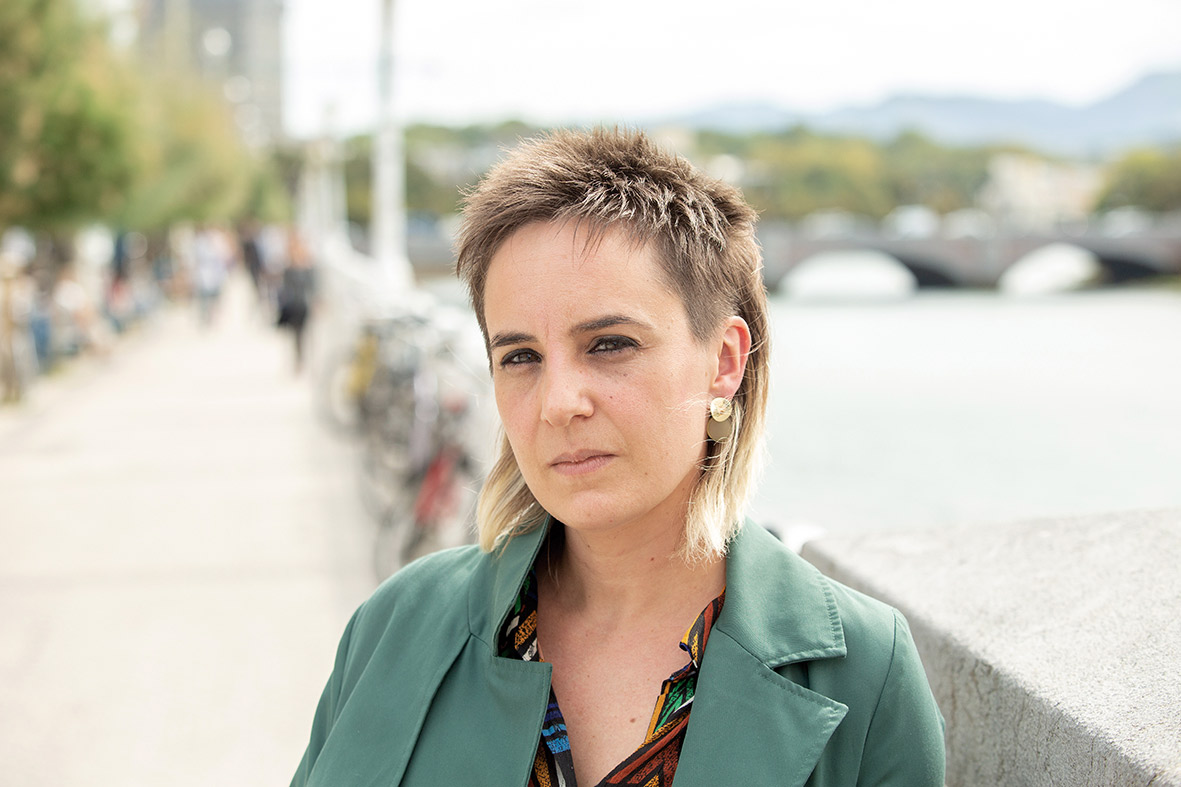
"The animation was taking shape as it was being done. At the point of departure I had images of different origins, including the rare images of the ancestors who brought me to the picture, the portraits of the women who suggested me in the drawing -- every image I thought of as a scene in the movie, a fragment that picked up an anecdote from different sources. If I made an analogy with the literature, it would look like a collection of micronarratives, whose interconnectable narratives give meaning to the whole.” Izibene Oñederra (Azkoitia, 1979) presented Lurrak, his latest work, at the San Sebastian Film Festival. It's an intense work of 11 minutes; visceral, moving, suggestive. Since then, the world has been around. Bosnia, Mexico, Peru, Buenos Aires, Madrid… and these days also in Zinebi of Bilbao. We have talked to the author of this work and the ways of understanding film and artistic creation.
Interested in exploring different narratives in artistic creation?
I'm increasingly interested in not having a conventional narrative as an objective. If there are people who dominate film language, having to control that is a huge burden to me. At the starting point, the script should be very well worked out, and that creates a huge burden on my work process. To sort out the ideas that come back in my head, instead of using reason and making it intelligible, instead of resorting to simplification, I prefer to seek the connection of the images according to my instinct, and in this I dedicate myself to the narrative construction that is being created naturally, trying not to copy any of the above. To make roads, to allow ideas to emerge and the links between them, almost unconscious, to channel something irregular, certainly amorphous, but being faithful, I wanted to tell this complex being.
Is transgression red? In your film the red has a large presence, both in the topos and in the images of the women…
I don't know if -- it's not an intentional choice. It is true that some of the events that appear in the film can be related to the different ranges of red. The dead satoramas and the tampons swimming in the ponches, maybe the disc lights, the wild plants representing the final ovaries... I think in all cases red is in contrast to the other colors, whether it's green, or that gives you strength to vitality and strong contrast.
I'm interested in when the representation of transgression is related to day-to-day, when it's an act of black humor that breaks the day to day, when it leads to awareness -- breaking a picture in the shield or giving away the dead gods. However, the performance of the feminists of Buenos Aires, impregnate the tampons of ketchup and offer them at the opening of their exhibition seems great... the use of red in this case can be a clear symbolism of transgression.
Do you have cinema as a tool for transgression?
It is true that from my point of view, as an author who has a hard time making animated shorts, what I am telling has to be counted. I cannot look at what is being done today, or at least condition it in that way. It would be unthinkable if we were looking at the films that collect the awards to make animations like these. It's because, "if I lose my time" making films, it drives my duty. The desires to tell, the desires to understand what may be in my head through the story.
I think I have to look for a language to tell that story, and I think it's a language that gives me a process of work more than the one I choose. I don’t know if it’s exactly cinematographic, it’s plastic, it’s halfway between the two… Those elements make that language a little transgressive.
On the other hand, I believe it is an appropriate measure for this short film, as guaranteeing the time, budget, working conditions of the team is viable, and therefore is a tool of transgression.
First of all, does a picture come to mind, a drawing?
No, a lot of images come to my head, following my instinct I start to make analogies, often without pain. In this case, the photos have been the starting point and the anecdotes of life, those that have remained in the memory, but those that he remembered half as a child. I remembered photos of my grandmother's house, some of them taken when my mother was a teenager, and I knew that those photos were black and white, not composed but very beautiful to me, and suggestive to understand the environment, the time, the place or interpret them in my own way.
Among the photographs recorded in the memory are those that made me make the first scene of the film: I remember my mother drinking coffee in the kitchen and smoking ducadosas and breaking a photo. I remember that picture, that anecdote that happened when I was very young, and then I've pushed myself back, and I've worked that picture through fiction, I've rebuilt it. On the contrary, I have kept the photos of the farmhouse where our teenage mother lived, and I wanted to know what the young woman would be like in the world of the farmhouse. Sometimes I even came to mind that I was going to have songs from Marisol, and I imagined that young man who didn't want to be a peasant and who tried to imitate Marisol. There was a baserritarra that could not be totally detached from him, but that in turn had other references and those other references did what it was.
You mentioned the first scene, in the end you see a woman running. Are these sequences of women's liberation?
The first is not the sequence of women's liberation, but the desire to portray them against their own will and freeze them forever, and the author taking the photo is out of focus as a murderer. When I showed the scene, they made me watch Michael Haneke's Happy end movie. At the beginning of Haneke's film, you see that someone is recording a family and we don't know who it is, but according to what I recorded, we started to do the author's portrait, for what... In my animation, there are also more photographers and less passive women in front of the photographer, who are studying more how to move on to their eternity. In the end, it's women who take pictures: they're naked, but they don't become objects. The film can be understood as a representation of evolution. It's a tool that allows them, in a way, to be conductors, not guided by others.
Is it also an attempt to question the mythical Basque matriarchate?
I don't know, it's hard to say. With the character of the mother, a strategy that exploits the rural and rigid reality is developed through humor. It is the scene of the caserío, the milestone of the film, the Christmas dinner, the men drinking the cup and smoking the Pharisees on the one hand, the children on the other, and the women on the other… On the TV when we were children is Sabrina singing, we are all attentive to see if the chest appears or not; and it occurs to our mother to take the dead pod left in the box of farías This image of the woman is innovative, breaks the stereotype, looks for hints to make her way.
Also for you, working animation, art after all, is a tool to tear down reality?
I am worth this representation of the woman and the others that appear in the film, because they help me to live in the daily life the actions of the women I consider as a model and give me time to continue in the creative without considering me anything weird. It's important to be in touch with your peers, even if they're miles away or belong to another time in history. Hence, the defense of Hélène Cixous's topo or terrain idea. And the mention I've used to summarize the film: “At this time when millions of plots of an unknown species are destroying the conceptual basis of a millennial culture.”

You've approached cinema from fine arts. Have you encountered many obstacles along the way?
More than difficulties, I would say that I have had the opportunity to work from a corner, from the limits, although sometimes I just do a little bit of that. I am fortunate in the impact of the films I have made and in the interest they arouse in international film festivals.
You've known Arteleku well and presented Luraguak in Tabakalera. How have you experienced that transition?
All of this seems distant to me. I've tried to create projects on my own, without relying on others, and I've always had the drawing as a raw material for making films. In the past, I chose the cheapest element as a means of expression, and then Hezurbeltzak would become my first animated film, and I originally created drawings by science. Over time, I've realized that we are human beings by definition, and that the creative strength of others is important to push projects forward. However, I don't need complex machines to make films, but time, and I like to work in small groups, giving each of them freedom to develop ideas in their own way. This methodology was going to get me out of my hands in a large group, but in a small field it has great potential.
Of course, Arteleku was fine, as the other people were in the adjoining classrooms, fitting into their projects. However, I caught the center in the last phase, a little more as adults looking at better times in the past. I think we are behind the back the weight of the decay of the project for a while. On the other hand, it was useful, because in those years we participated in various initiatives, within the MAPA group we saw and showed another cinema, we received classes of international animators...
And to Tabakalera, how do you see it?
I barely know it, but I'm not looking forward to being at the center of the creative centers. I like the possibility and the freedom to hide that gives me the periphery. It is easier to concentrate and work according to the needs of each. However, this requires that there be decent working conditions outside the creative process, that the film is a help that makes it possible and that there is a machine that once the work is finished gives it visibility and understands and disseminates it.
"Risk is not assessed, although it may be a peculiarity that a small culture can export"
Between Arteleku and Tabakalera was also Kalostra. They closed it.
Yes, they closed it, but they didn't even want us when they opened it. I've felt that animators make applied art, we're not about film, we're not about art, we're not about painting, we're not about sculpture, of course -- we don't make films especially for kids, so who do we do animation for? They keep us on the periphery, and that's very good for creations that are rule-free, but on the other hand... In other cultures, for example in eastern Europe, they have interiorized animation.
What is your opinion about the relationship between institutions and art?
I suspect that nowadays the work of those who think about the exhibition or the Festival is more important than the work of an artist who will then fill with content. In this sense, the artist is the curator, the thinker. Their line of view is worth gold, and artists or creators line up around to draw attention. For my work the help of the institutions is essential, it would be suicidal to start working without money. I am therefore dependent on the court that the institution makes available for grants. According to the cinema trends that are popularized at each time, my work will be validated or will not be given importance. Being a small town, I think concrete cultural projects are being defended, like this musician, this filmmaker, this writer ... I do not know if it is the choice of the institutions that rigorous selection or something we have more inside, to put in the window and highlight one, leading to the shadow of other projects. However, as a sacrificial author, it is quite frustrating. And yet I have to be grateful, because I have received support whenever I have asked for it. It seems to me that there is little prospect, that these works of author are not given unconditional protection. I note that projects that look like jewels plead to me that they should be granted a grant, that once the project has been completed, the strength of the international impact that this work can have is not adequately provided for by the institutions. Risk is not assessed, although it may be an exportable peculiarity by a small culture. We won't be the best at making movies with a high Hollywood budget, but we can have enormous potential to shape stories from the point of view of the different.
You are a professor of the UPV, at the Faculty of Fine Arts. College, academia, what gives you to create and what takes you away?
Giving classes in Fine Arts gives me many things, to start with and most importantly, a serious profession... On the other hand, it allows me to see the projects of future artists face to face, as training, to develop ideas that help them, always trying to understand their point of view. On the other hand, I withdraw the concentration, because it is not possible to have the time and continued dedication required by the animation project.
Donostiako Tabakaleran, beste urte batez, hitza eta irudia elkar nahasi eta lotu dituzte Zinea eta literatura jardunaldietan. Aurten, Chantal Akerman zinegile belgikarraren obra izan dute aztergai; haren film bana hautatu eta aztertu dute Itxaro Bordak, Karmele Jaiok eta Danele... [+]
35 film aurkeztu dira lehiaketara eta zortzi aukeratu dituzte ikusgai egoteko Euskal Herriko 51 udalerritan. Euskarazko lanak egiten dituzten sortzaileak eta haiek ekoitzitako film laburrak ezagutaraztea da helburua. Taupa mugimenduak antolatzen du ekimena.
Pantailak Euskarazek eta Hizkuntz Eskubideen Behatokiak aurkeztu dituzte datu "kezkagarriak". Euskaraz eskaini diren estreinaldi kopurua ez dela %1,6ra iritsi ondorioztatu dute. Erakunde publikoei eskatu diete "herritar guztien hizkuntza eskubideak" zinemetan ere... [+]
Geroz eta ekoizpen gehiagok baliatzen dituzte teknologia berriak, izan plano orokor eta jendetsuak figurante bidez egitea aurrezteko, izan efektu bereziak are azkarrago egiteko. Azken urtean, dena den, Euskal Herriko zine-aretoak gehien bete dituztenetako bi pelikulek adimen... [+]
Otsailaren 24tik eta martxoaren 1era bitartean, astebetez 60 lan proiektatuko dituzte Punto de Vista zinema dokumentalaren jaialdian. Hamar film luze eta zazpi labur lehiatuko dira Sail Ofizialean; tartean mundu mailako lau estreinaldi eta Maddi Barber eta Marina Lameiro... [+]
A conference for architects has just been held in Madrid to discuss the crisis of the professional architect. They have distinguished the traditional and contemporary way of being an architect. What is traditional? From the epic architect who appears in The Brutalist, where... [+]
Itoiz, udako sesioak filma estreinatu dute zinema aretoetan. Juan Carlos Perez taldekidearen hitz eta doinuak biltzen ditu Larraitz Zuazo, Zuri Goikoetxea eta Ainhoa Andrakaren filmak. Haiekin mintzatu gara Metropoli Foralean.









